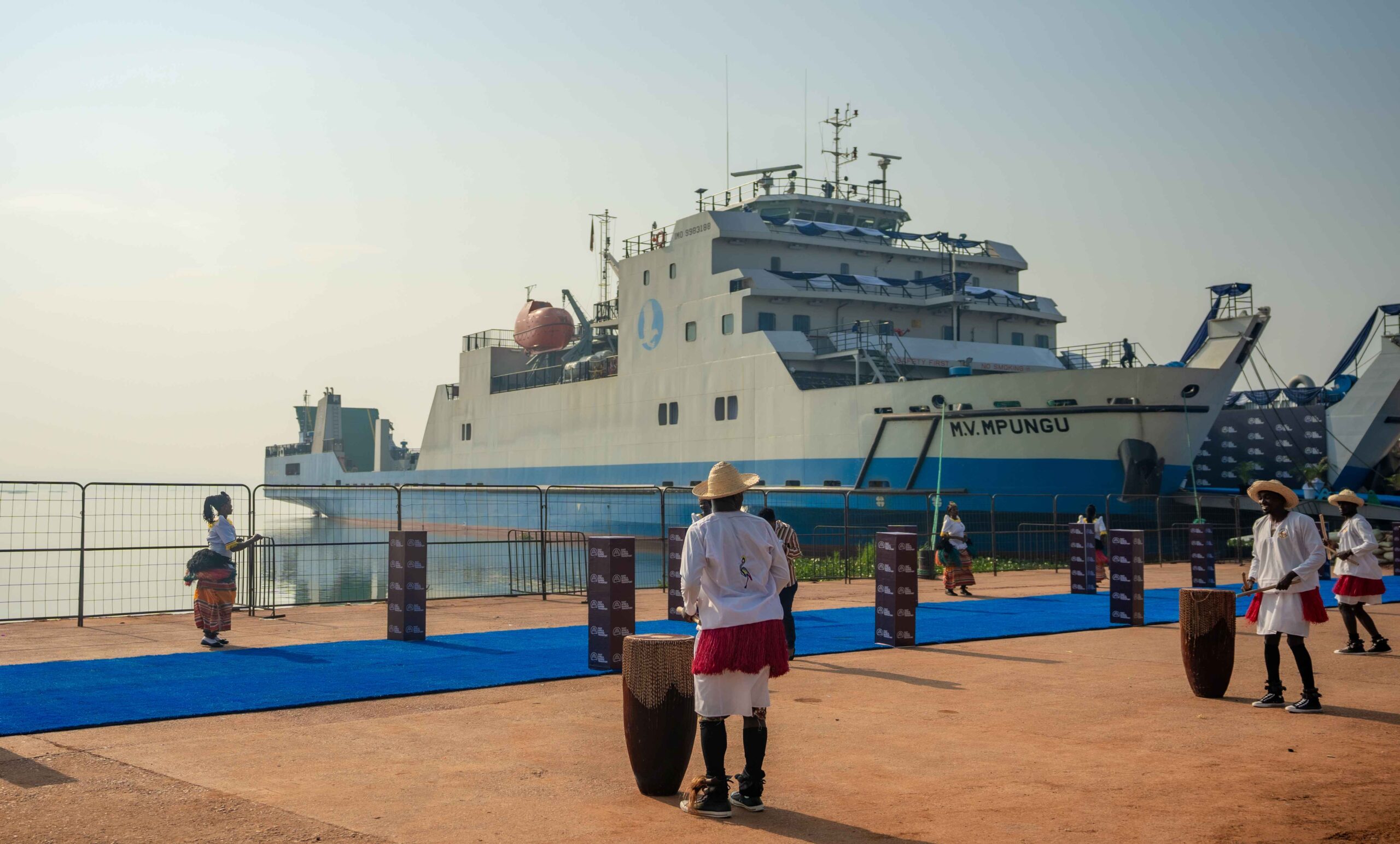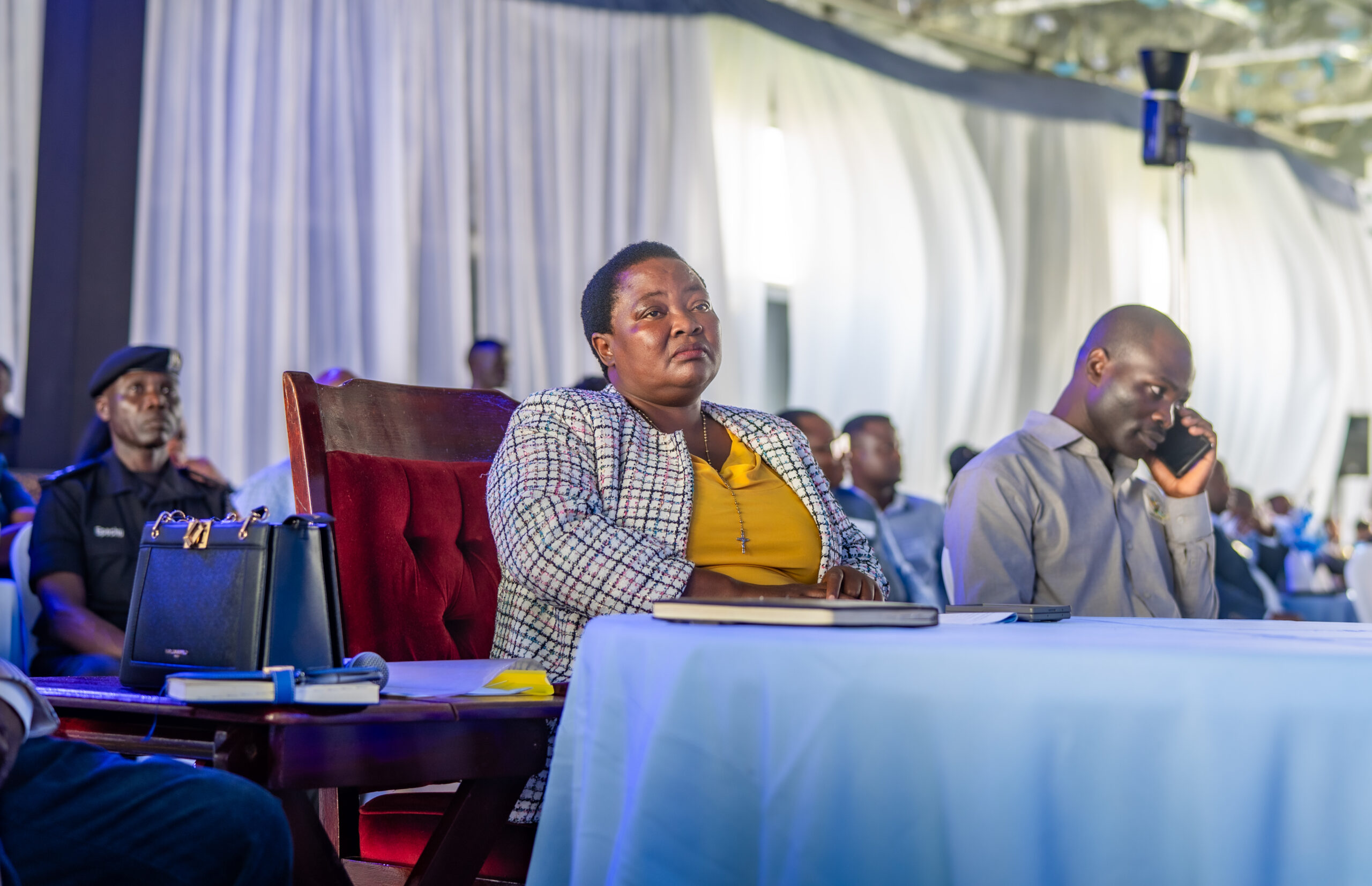Tanzania / Uganda: East Africa Marine Transport
Facilitating regional trade
Challenge
Inadequate transport infrastructure presents a major barrier to trade expansion in sub-Saharan Africa. Limited routes are vulnerable to disruption and the costs of transporting goods to market are prohibitively high for regional traders and producers. In the countries bordering Lake Victoria (Kenya, Tanzania and Uganda), the majority of existing freight is transported by road via the region’s congested Northern Corridor. Freight transport across Lake Victoria is undertaken on an ad hoc basis and vessels sail only when full. This approach has economic and opportunity costs for businesses, particularly those working with time sensitive cargo. The Heads of State of the Common Market for Eastern and Southern Africa (COMESA) and the East African Community (EAC) are committed to adopting an integrated approach to diversifying trade routes, recognising the potential to transform Lake Victoria from a trade barrier to an important trade route.
Overview
Solution
The East Africa Marine Transport (EAMT) project is pioneering a scheduled roll-on/roll-off freight transport service across Lake Victoria, transporting up to twenty-one fully laden trucks between Port Bell (serving Kampala, Uganda) and the Port at Mwanza South, Tanzania. EAMT commissioned a purpose-built vessel, M.V. Mpungu, which now operates the Lake’s first fixed-day scheduled freight service. The project also upgraded port facilities where necessary. A long-term lease agreement is in place for the Port Bell infrastructure. EAMT is being delivered in partnership with regional logistics experts Grindrod Limited (Grindrod). It is anticipated that the first vessel will demonstrate market appetite for a scheduled service, attracting further investment to expand freight capacity and to provide additional cross-border routes in the future.
Built in Entebbe, Uganda at a purpose-built shipyard, the 1,000 tonne, 96 metre long EAMT vessel became operational in early 2025. M.V. Mpungu significantly reduces average journey times from 3-4 days to just 18 hours. With lower freight costs than existing transportation routes, it is anticipated that the project will save the economy approximately US$2 to 3 million in the first year alone. Access to a scheduled freight vessel is relieving pressure on roads, offering producers and traders a reliable, sustainable, cost-effective, and faster route to regional markets. Affordable access to markets is expected to facilitate development of the wider blue economy across areas such as tourism, fisheries, education, and training.
The European Union – Africa Infrastructure Fund (EU-AITF) supported the design and development of the project, providing funding for feasibility studies around market assessment, technical definition and design assessment of the legal and institutional framework, port infrastructure, shipping lanes and customs processes.
Throughout the development phase of EAMT, InfraCo Africa has worked with eleQtra (drawing on experience gained during the development of the KIS project) and with Grindrod (drawing on the company’s established transport and logistics capabilities and understanding of African trade flows) to successfully deliver EAMT.
Developed by InfraCo Africa with Grindrod Ltd






























































